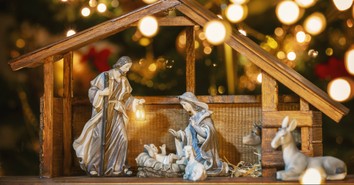7 Things to Know about Sodom

Saying you live in Sodom would be about like saying you named your kid Judas. Sodom is known most by its immorality. There has been considerable discussion about the nature of the sin which caused Sodom to be destroyed. But do we know anything about the city itself? Have there been any artifacts from this city?
Where Is Sodom in the Bible?
The city of Sodom is primarily found in the Book of Genesis, particularly chapters 18 and 19. It is often paired with Gomorrah, as both were destroyed as an act of God’s judgment. In Genesis 18, God reveals to Abraham his plan to focus upon the sins of Sodom and Gomorrah. Abraham attempts to negotiate with God—asking if it can be preserved if even a handful of godly people are present. God agrees, but the problem is that no righteous individuals are found there. Genesis 19 is an explanation in story form of their wickedness. As that chapter closes, we read this:
The sun had risen on the earth when Lot came to Zoar. Then the Lord rained on Sodom and Gomorrah sulfur and fire from the Lord out of heaven. And he overthrew those cities, and all the valley, and all the inhabitants of the cities, and what grew on the ground. But Lot’s wife, behind him, looked back, and she became a pillar of salt. And Abraham went early in the morning to the place where he had stood before the Lord. And he looked down toward Sodom and Gomorrah and toward all the land of the valley, and he looked and, behold, the smoke of the land went up like the smoke of a furnace.
Sodom continues to appear throughout the Bible but not as a standing city. Instead, it is mentioned only as a reference point for Israel. Israel’s wickedness is often compared to that of Sodom—invoking a memory of God’s judgment upon that place. Jesus even mentions it to highlight the wickedness of Capernaum. Jesus says, “If the miracles I did for you had been done in wicked Sodom, it would still be here today.”
Sodom, then, is known for its wickedness throughout the Bible. But what do we know of the city itself?
Photo Credit: ©Getty Images/Apisit Suwannaka
Have the Remains of Sodom Been Recovered?
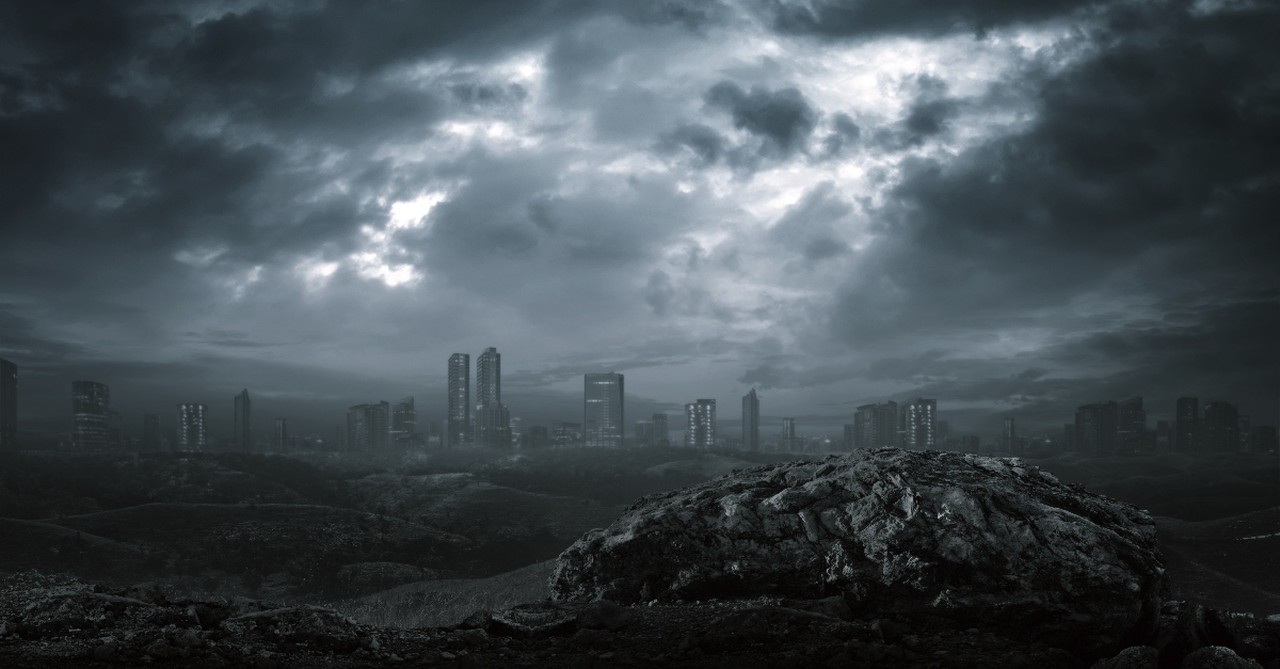
Have the Remains of Sodom Been Recovered?
SLIDE 1 OF 5
The remains of Sodom and Gomorrah have long been a subject of speculation and archaeological inquiry. In the late 1970s, a team believed to have discovered the site of the ancient biblical city. For many years, people believed the cities were entirely fictional. But in 1976, a clay tablet was found in a previously unknown Kingdom of Ebla—in modern-day Syria. That tablet listed Sodom and Gomorrah as cities.
This led American archaeologists Walter Rast and R. Thomas Schaub on a quest to find these cities that were reported to have been burned to the ground. They discovered the remains of one ancient city, believed to be Sodom, in present-day Bab edh-Dhra. Located in the Southeastern portion of the Dead Sea, the site uncovered evidence of a massive city during the time of Elba. It also had evidence of destruction.
Many believed this to be the site of the ancient city, but this was challenged in the early part of this century. Dr. Steven Collins, the dean of the College of Archaeology at Trinity Southwest University, discovered another potential site. This was in the northeastern portion of the Dead Sea in a location identified as Tall el-Hammam. There, they found a massive city that was decimated and quickly abandoned.
It is clear that something happened on both of these sites, but experts debate which one was actually Sodom.
Photo Credit: ©iStock/Getty Images Plus/leolintang
Skepticism about Tall el-Hammam
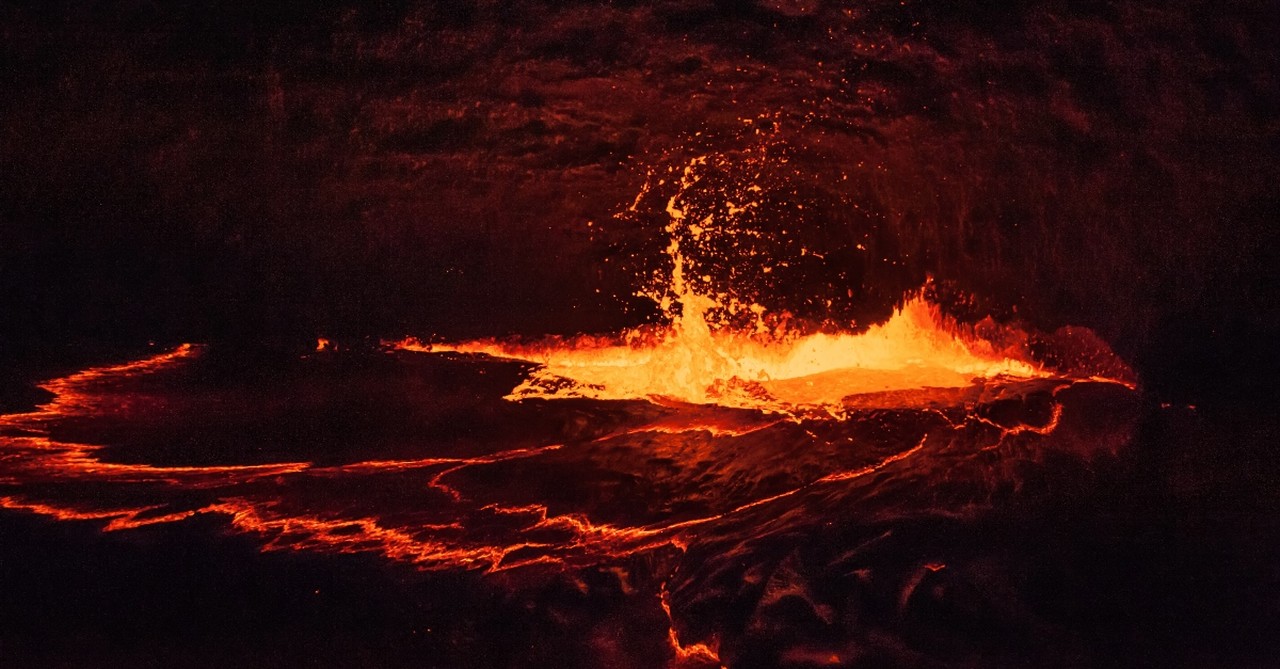
Skepticism about Tall el-Hammam
SLIDE 2 OF 5
It is certainly plausible that the means God used to destroy the cities of Sodom and Gomorrah was a meteor. But there was no crater at the site, which caused Collins and his team to hypothesize an airbust caused the destruction. An airburst happens when a meteor or comet travels through the atmosphere at a high speed. This could explain not only the destruction that is found at Tall el-Hammam but also might coincide with the biblical narrative. An article in the Smithsonian explains what would have happened:
“Air temperatures rapidly rose above 3,600 degrees Fahrenheit,” Moore explains. “Clothing and wood immediately burst into flames. Swords, spears, mudbricks and pottery began to melt. Almost immediately, the entire city was on fire.”
It’s plausible, but there are also some difficulties with identifying Tall el-Hammam as the site. Chief among the difficulties is chronology. The dating of pottery at Tall el-Hammam can relatively confidently be placed around 1650 BC. Most scholars place the events in Abraham’s life some three to four hundred years earlier. To put the destruction of Sodom at such an earlier date would wreak havoc upon biblical chronology.
Furthermore, Scripture itself seems to place Sodom in the southern portion of the land. Ezekiel 16:46 explicitly places it to the South of Jerusalem. Genesis 10 places it to the south of Canaan’s border. Though not a definitive argument, it should also be noted that the southern region of the Dead Sea is known for its high content of sulfur—which Genesis 19 tells us God rained down from heaven.
For these reasons, preference should be given to the southern location of Sodom.
Photo Credit: ©iStock/Getty Images Plus/Brina Bunt
Archaeological Finds in “Sodom”
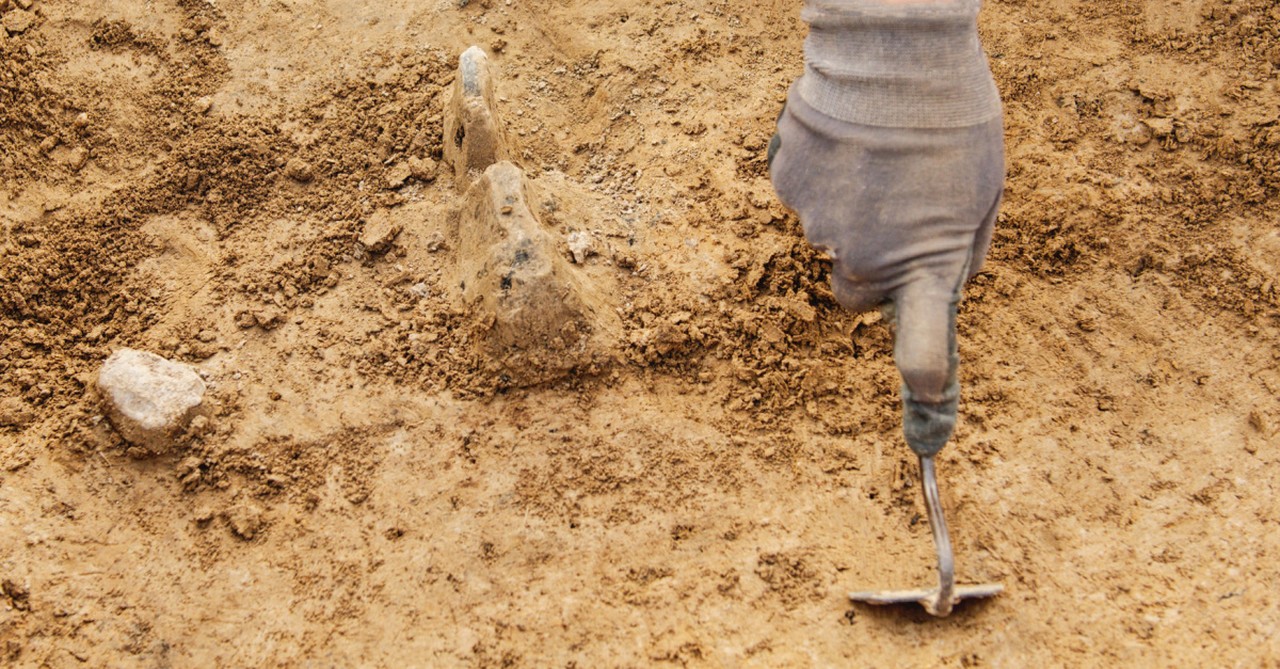
Archaeological Finds in “Sodom”
SLIDE 3 OF 5
Since there is some debate about which location is the actual Sodom (if either), we will consider some of the archaeological finds in both of the proposed dig sites.
At Bab edh-Dhra it is believed that the city was occupied for many years during the early Bronze Age. Archaeologists have found indications of well-developed agriculture, with a variety of crops, including barley, wheat, grapes, figs, lentils, and flax, suggesting a rich and diverse agricultural base. The city had formidable fortifications, including a city wall around 7 meters wide and made of stones and mud bricks, indicating its strategic and defensive importance. The gate of Bab edh-Dhra, especially its architecture and construction, provides insights into the city's structure and social organization.
Bible Archaeology gives a summary of the findings which lead them to believe it met a fiery end:
Even though the site is badly eroded, enough evidence remained in several areas to show the severity of the disaster. The northeast gate was destroyed by fire as indicated by charcoal, broken and fallen bricks, and areas of ash (Rast 1981: 21). There was a massive pile-up of mudbrick in the west end suggesting heavy destruction in this part of the city (Rast 1981: 31). At this time the city wall fell and the mudbrick superstructure of the sanctuary collapsed, apparently after burning (Rast 1992: 560). The many stone and boulder fields within the city came from walls that were disrupted and transported downslope (Donahue 1980: 51; 1985:136).
At Tall el-Hammam archaeologists have found melted rooftops, disintegrated pottery, and unusual patterns in rock formations that would indicate intense heat. This had led some to believe that an ancient meteor may have destroyed the area and given rise to the biblical story. Recent discoveries have shown an extensive civilization there.
However, it's important to note that the identification of Tall el-Hammam with the biblical city of Sodom has been a subject of debate and skepticism within the archaeological community, particularly with claims of a cosmic airburst destroying the site, which have faced considerable scrutiny and criticism.
Photo Credit: ©Getty Images/NERYX
Have We Found Lot’s Wife?
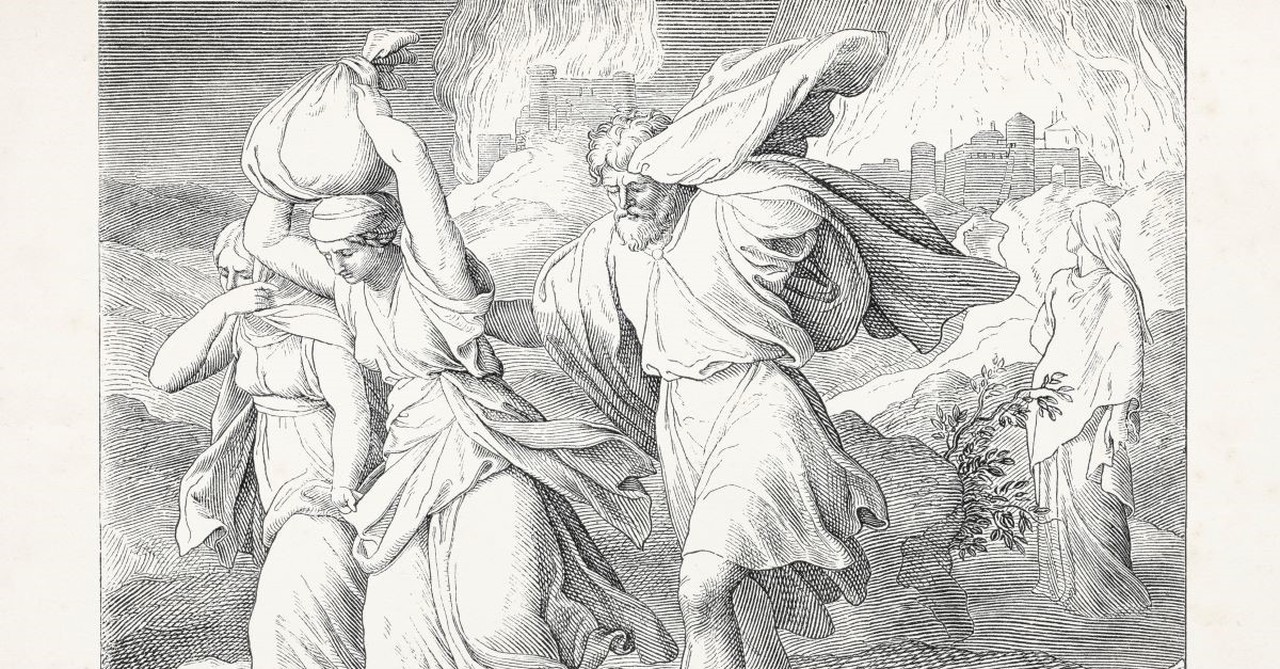
Have We Found Lot’s Wife?
SLIDE 4 OF 5
We read in the account of the destruction of Sodom that Lot’s wife looked back upon the city and was turned into a pillar of salt. Does this pillar of salt still stand today?
Today, there is a location called Mount Sodom in Jordan. Towards the top of the mountain is a pillar of salt, which looks a bit like a woman looking backwards. According to local legend, this is Lot’s wife.
However, in order for this to be Lot’s wife she would have had to be something like 65 feet tall. The structure is massive and most likely formed through the collapse of a roof cave. It should also be mentioned that the site of Mt. Sodom is in the Southwestern basin of the Dead Sea—thus placing it away from both potential sites for Sodom. It is unlikely that this is actually Lot’s wife.
Continued Historical Significance of Sodom
The reality here is that after its destruction Sodom no longer held significance. But it still grabs attention today. This ancient tale isn’t just old history – it’s a story that keeps popping up in conversations about right and wrong, and it's even influenced how we talk about certain moral issues. But the city itself lies in ruins.
Photo Credit: ©GettyImages/Grafissimo
What Should We Learn from the Story of Sodom?

What Should We Learn from the Story of Sodom?
SLIDE 5 OF 5
The fact that Sodom now is nothing more than ancient ruins serves as a lesson for us. This story from Scripture offers several lessons to be considered:
- Consequences of Wickedness: The primary lesson from Sodom's story is the consequences of moral corruption and wickedness. The city's destruction is often interpreted as a divine judgment for its inhabitants' immorality and inhospitality. Some interpretations focus on Sodom as a warning against excess and self-indulgence, suggesting that the city's downfall was due to an unrestrained pursuit of pleasure and disregard for the welfare of others.
- Hospitality and Compassion: The contrasting behavior of Abraham, who showed hospitality to strangers, is often juxtaposed with the inhospitality of Sodom's residents. This highlights the value of kindness and compassion towards others.
- Divine Justice and Mercy: The narrative also explores themes of justice and mercy. Abraham's negotiation with God over the fate of Sodom underscores the concept of divine justice being tempered with mercy.
- Righteousness in a Corrupt Society: Lot's character, living righteously in a corrupt city, raises questions about maintaining personal integrity and morality in the face of societal wrongdoing.
- Cultural and Ethical Symbolism: Beyond its religious context, Sodom has become a symbol in broader cultural and ethical discussions about morality, justice, and the consequences of collective actions.
To read more about significant places in the Bible, see the following articles:
7 Things to Know about Jericho
7 Things to Know about Bethlehem
7 Things to Know about Ephesus
Photo Credit: ©Getty Images/Zdenek Sesak
Originally published March 28, 2024.









